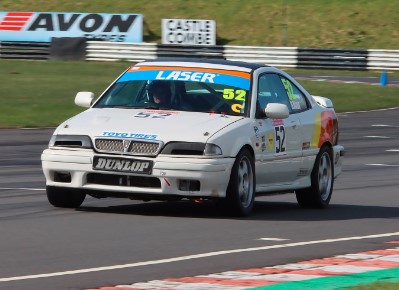
Dangerous Racing Practices: Understanding the Risks
Motorsports, with its exhilarating speed and adrenaline-pumping action, has captivated audiences around the world for decades. While racing events like the Winchester Speedway attract thousands of spectators and participants, it’s essential to recognize that certain practices within the sport can pose significant risks to drivers, crew members, and fans alike. In this comprehensive guide, we’ll delve into the dangerous racing practices that can compromise safety and explore strategies for promoting a culture of safety and responsibility in motorsports.

The Thrill and Danger of Speed
The allure of speed is undeniable in motorsports, where drivers push the limits of human and machine capabilities in pursuit of victory. However, this pursuit of speed can sometimes lead to dangerous racing practices that put lives at risk.
High-Speed Collisions
One of the most perilous aspects of motorsports is the potential for high-speed collisions, which can result in severe injuries or fatalities. Whether due to mechanical failures, driver errors, or track conditions, high-speed crashes underscore the importance of implementing safety measures to protect drivers and spectators.
Reckless Driving and Aggressive Maneuvers
In the heat of competition, drivers may engage in reckless driving and aggressive maneuvers to gain an advantage over their rivals. From tailgating and blocking to dangerous overtaking, these practices can escalate the risk of accidents and injuries on the track.
Inadequate Safety Gear
The use of inadequate or outdated safety gear can also contribute to the dangers of racing. Helmets, race suits, and other safety equipment must meet stringent standards to provide adequate protection against impact and fire hazards. Failure to comply with safety regulations can have devastating consequences in the event of an accident.
Dangerous Racing Practices to Avoid
While the thrill of racing is a fundamental aspect of motorsports, it’s crucial to recognize and avoid dangerous practices that compromise safety. Here are some common hazardous practices to be aware of:
Ignoring Safety Flags and Signals
Safety flags and signals are essential communication tools used to alert drivers to hazardous conditions on the track. Ignoring these warnings can lead to accidents and endanger the lives of drivers, crew members, and spectators.
Overlooking Vehicle Maintenance
Regular vehicle maintenance and inspection are vital to ensuring the safety and performance of race cars. Neglecting routine checks and repairs can result in mechanical failures that lead to accidents on the track.
Neglecting Driver Training and Certification
Proper training and certification are crucial for drivers to develop the skills and knowledge needed to compete safely in motorsports. Neglecting driver education and experience requirements can increase the risk of accidents and injuries during races.
Allowing Underage or Inexperienced Drivers
Allowing underage or inexperienced drivers to participate in racing events without proper supervision and training is a significant safety concern. Young drivers lack the maturity and experience needed to navigate the complexities of motorsports safely.
Promoting Safety and Responsibility in Motorsports
Ensuring the safety of participants and spectators in motorsports requires a concerted effort from race organizers, governing bodies, teams, and individual competitors. Here are some strategies for promoting safety and responsibility in the racing community:
Implementing Strict Safety Regulations
Race organizers and governing bodies must implement and enforce strict safety regulations to minimize the risks associated with motorsports. These regulations should cover everything from vehicle specifications and track conditions to driver conduct and safety gear requirements.
Investing in Safety Innovations
Continued investment in safety innovations and technologies is essential for advancing the safety standards of motorsports. From improved crash barriers and safer track designs to enhanced safety gear and onboard safety systems, innovations can significantly reduce the risks associated with racing.
Providing Comprehensive Safety Training
Comprehensive safety training programs should be provided to all participants in motorsports, including drivers, crew members, and track officials. These programs should cover essential topics such as emergency response procedures, fire safety, and first aid, equipping individuals with the knowledge and skills needed to respond effectively to accidents and injuries.
Encouraging Responsible Driving Practices
Promoting responsible driving practices and sportsmanship among competitors is vital for fostering a culture of safety in motorsports. Drivers should be encouraged to prioritize safety over winning and to respect the rules and regulations of the sport at all times.
Educating Spectators and Fans
Educating spectators and fans about the importance of safety in motorsports can help create a safer environment for everyone involved. Race organizers can use signage, announcements, and educational materials to inform spectators about potential risks and the importance of adhering to safety guidelines during races.
Conclusion
While motorsports offer an exciting blend of speed, skill, and competition, it’s essential to recognize and address the dangers associated with certain racing practices. By avoiding hazardous behaviors, implementing strict safety regulations, investing in safety innovations, and promoting responsible driving practices, the motorsports community can create a safer and more enjoyable environment for all participants and spectators. Whether it’s at renowned venues like the Winchester Speedway or local racing events, prioritizing safety and responsibility is crucial for the future of motorsports.
